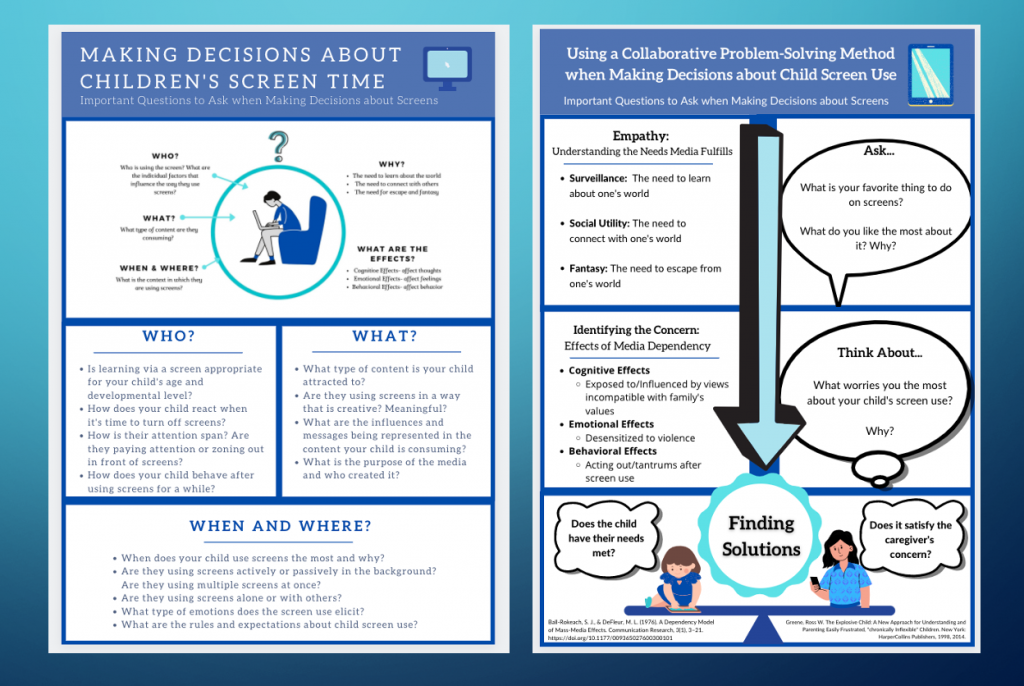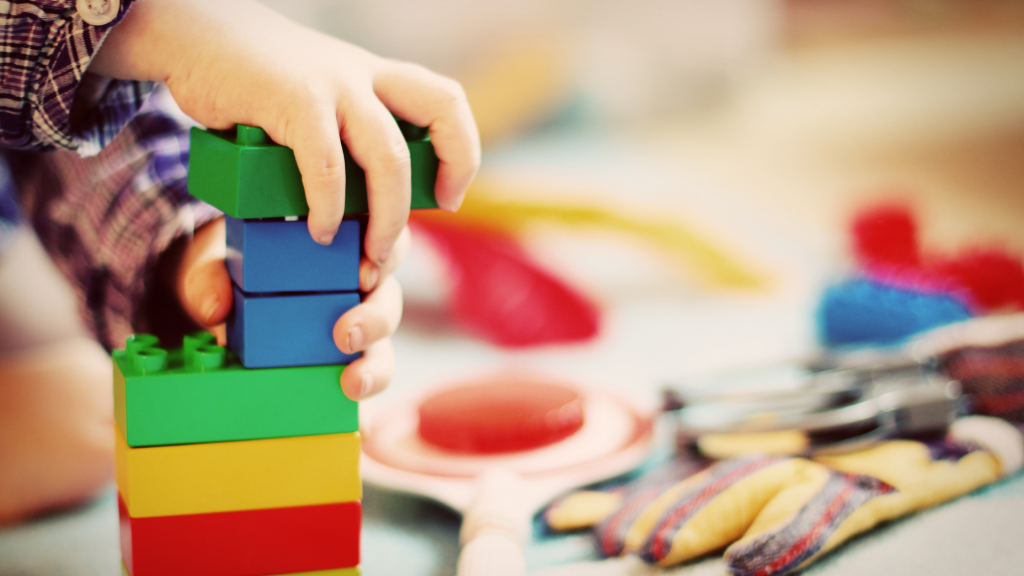It’s the middle of the school year.
Winter break has come and gone, and you and your child are back to the all too familiar arguments about completing their homework before any screen time.
The teacher has sent e-mails letting you know that the work isn’t being done and meetings have been held to try to resolve the issue. At home, behavior charts have been made, decisions on grounding have been enforced, and privileges have been taken away.
Despite all the effort that has been put into the situation, it doesn’t seem to be getting any better. When you tell your child that it is time to go do their homework, they explode. Your child starts throwing books on the ground, crumpling papers, and snapping pencils in half. Yelling matches ensue. You feel drained, and your child’s frustration seems to have reached a new threshold.
Before bed after a particularly intense quarrel, you decide to search the internet for something – anything – to help that you haven’t tried before. To your surprise (and relief), you find that many other parents have posted about situations that are similar to yours. Their children display explosive challenging behavior under certain circumstances, but are well-behaved at other times. One parent wrote about how they stumbled across the idea of lagging skills and Collaborative Problem Solving, and how it helped restore peace to their family. You are taken aback by how lagging skills describe areas where your child struggles, and decide that Collaborative Problem Solving just might be worth a shot… Continue reading Anger in Children: A Different Approach →


